In 1961, a review paper on the hillstream loaches of the genus Gastromyzon of Borneo was published. In it five species were distinguished: G. pauciradiatus, G. nieuwenhuisii, G. fasciatus, G. punctulatus and G. borneensis. In 2006 the next revision of these fishes from Borneo appeared. This was accompanied by a true species explosion; in Gastromyzon alone, 36 species are now known from Borneo! Of the original five species, two are now in Neogastromyzon (nieuwenhuisii and pauciradiatus), so that no less than 33 species, which were assigned to 3 species in earlier imports, must now be redetermined! However, this is not so easy as one can imagine, because many species characteristics are only recognizable on specially prepared specimens and even then it requires great experience not to go astray.
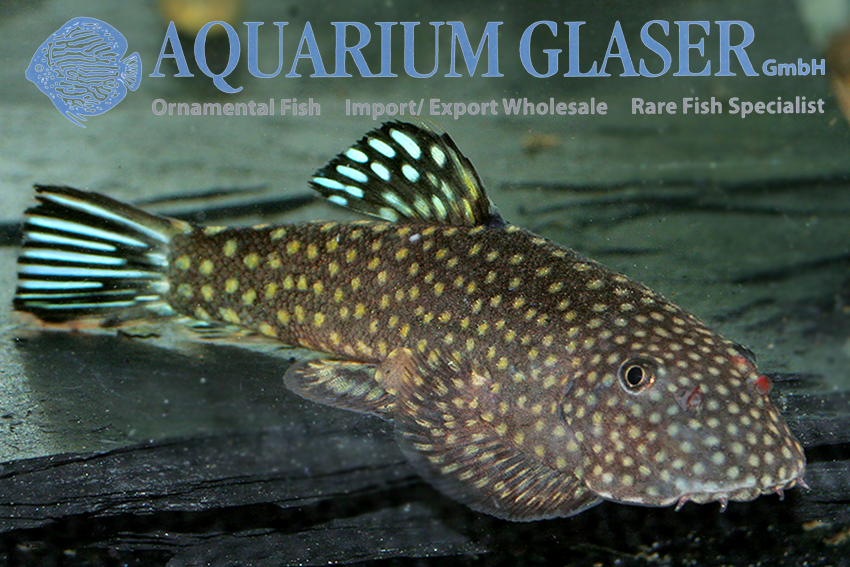
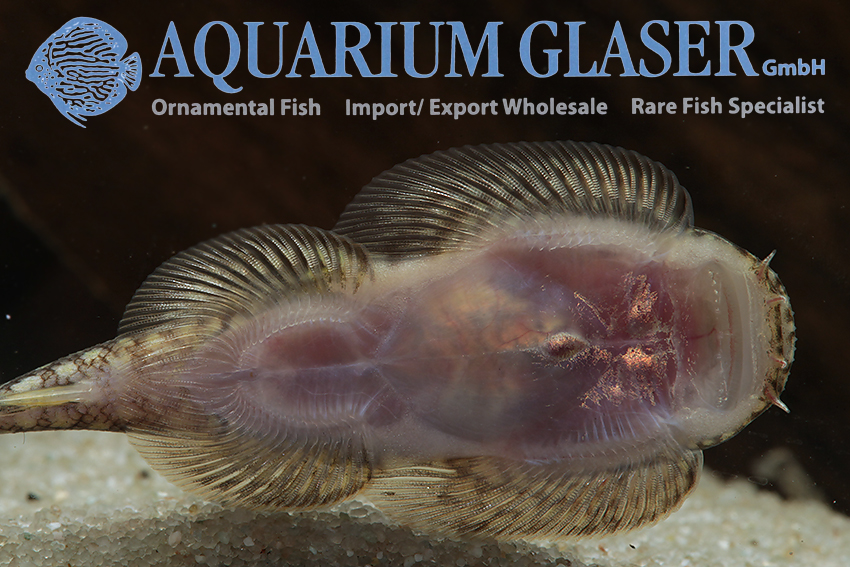
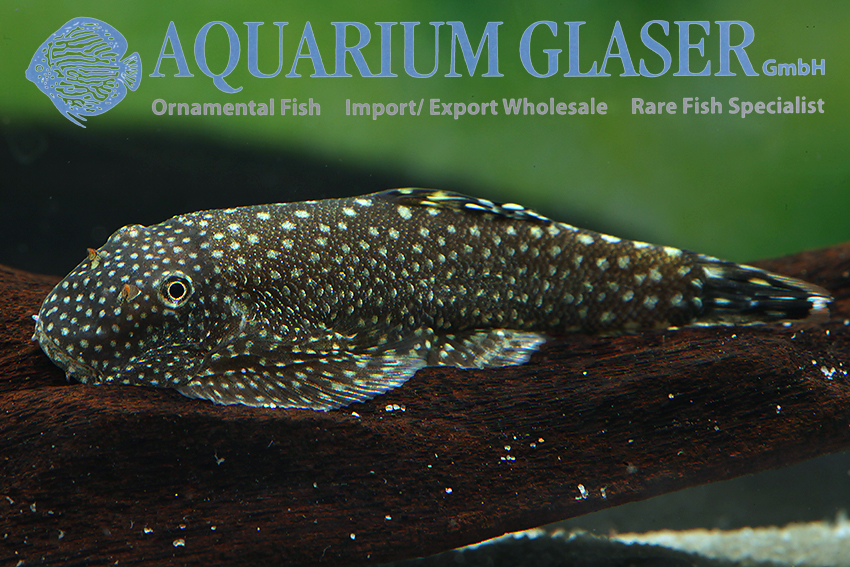
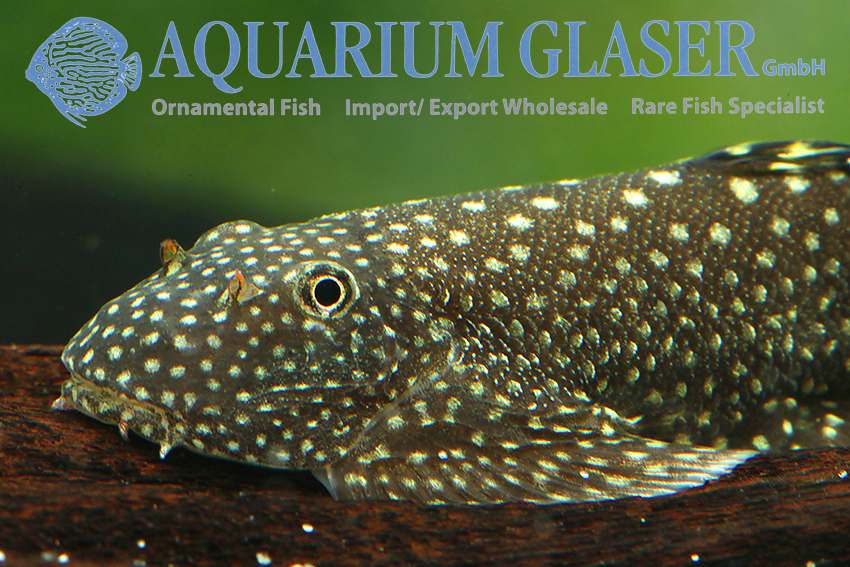
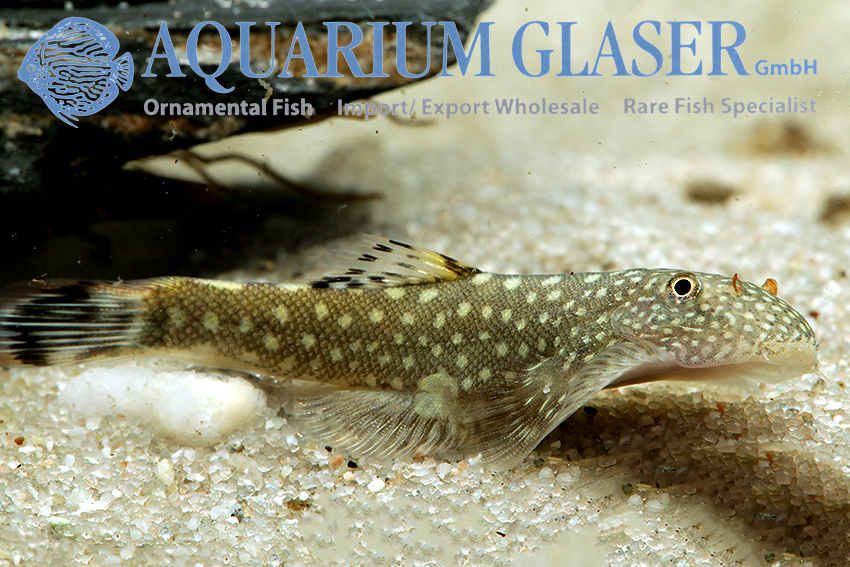
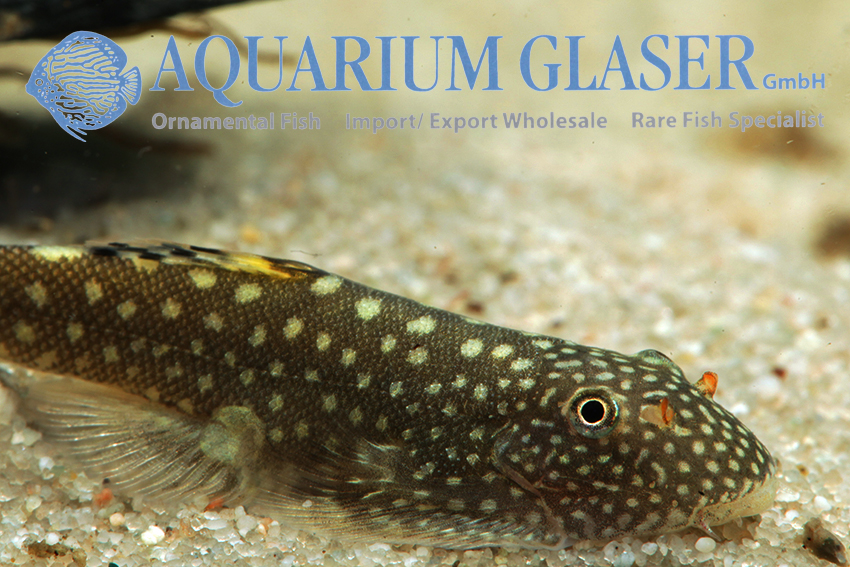
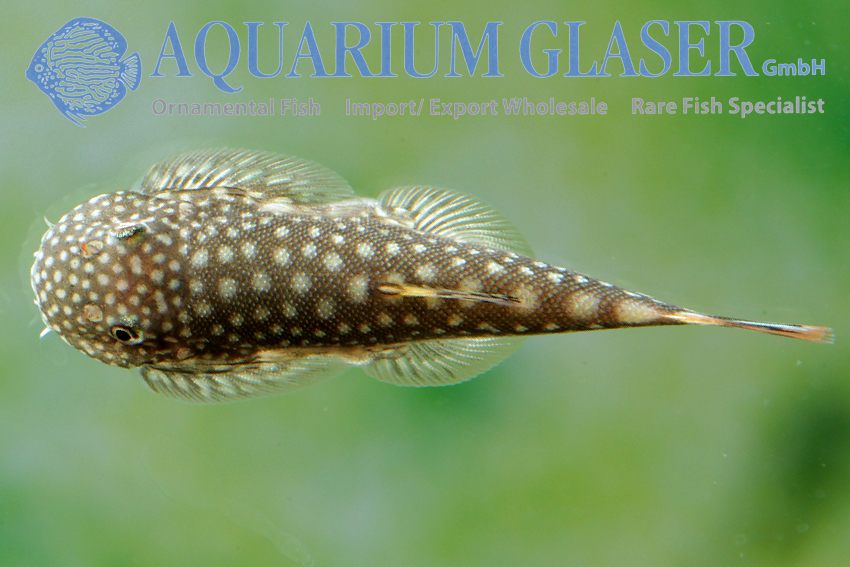
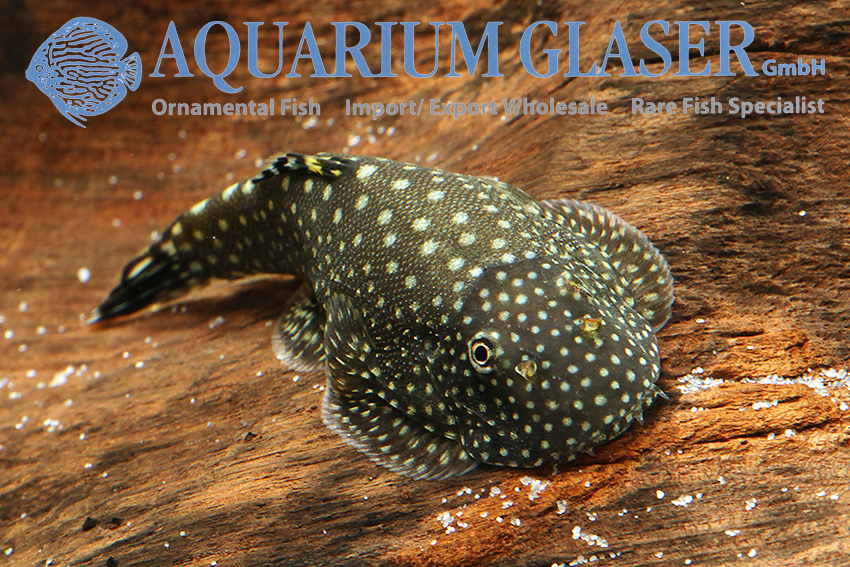
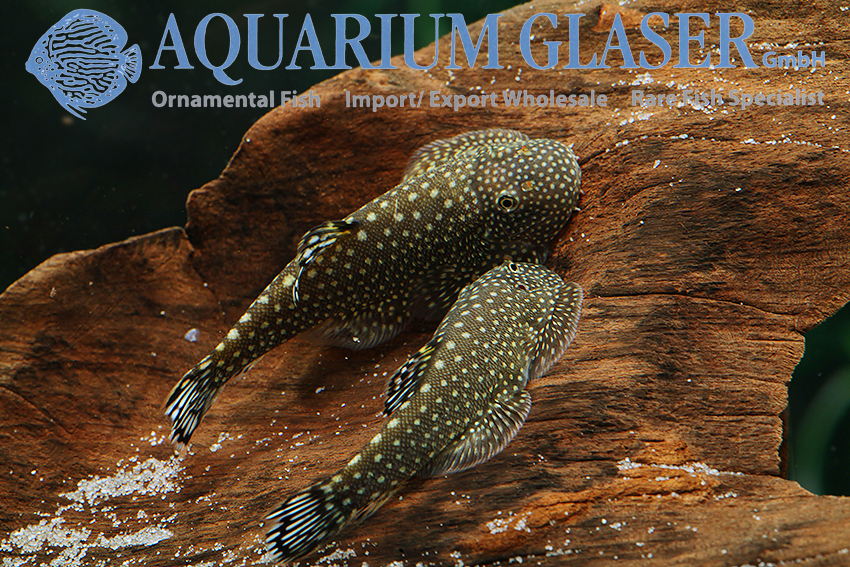
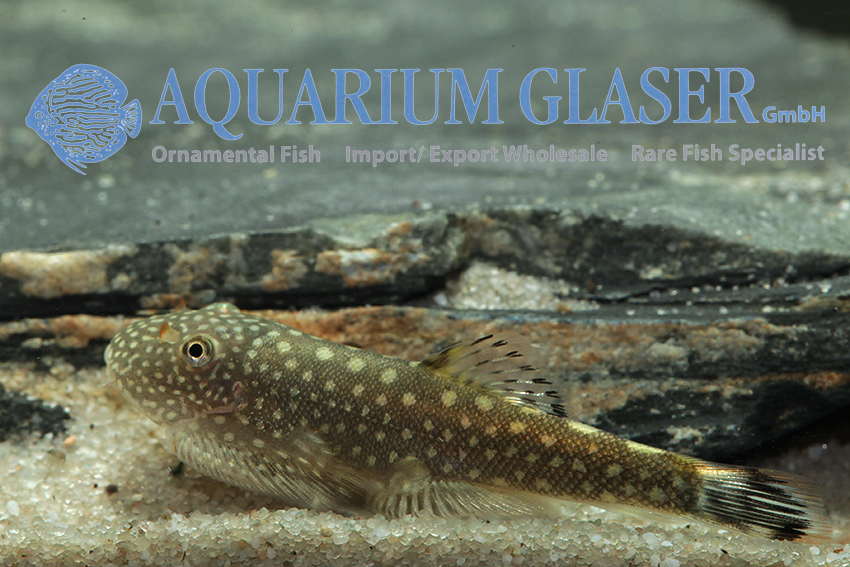
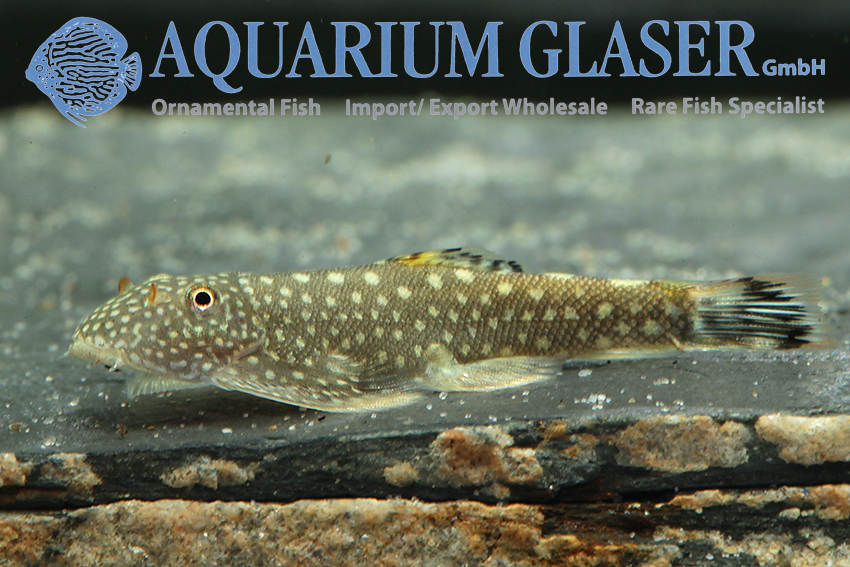
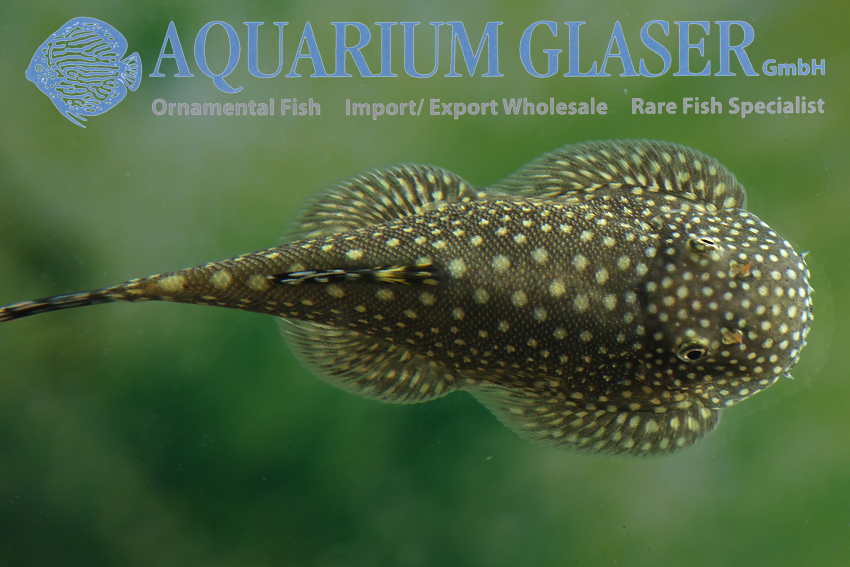
There are always two spotted species offered in the ornamental fish trade that look extremely similar: Gastromyzon ctenocephalus and G. scitulus. Since in former times only one punctulated species was known, namely G. punctulatus, both have been called G. punctulatus for decades. In reality, however, G. punctulatus has “top of head and vertebral area with small, round, light spots in a dark network” (Inger & Chin, 1961) and is probably imported only very exceptionally – if at all, but the two species G. ctenocephalus and G. sciltulus have light spots on a uniform dark background. Depending on the mood, the basic coloration can vary between light brown and deep black. You can supposedly tell these two species apart if they spread their fins. Then you can see that C. ctenocephalus has horizontal blue stripes in the caudal fin and blue-green shiny spots in the dorsal fin; G. sciltulus has blue-green shiny spots in the caudal fin and no colorful markings in the dorsal fin. Unfortunately, however, the animals do not spread their fins when called, and furthermore there are abundant intermediate forms, even within a single import. The animals shown in this post correspond best to G. ctenocephalus. Because quite often a mix of up to five hillstream loach species comes to us anyway – these animals are simply still offered as Gastromyzon punctulatus in the trade.
This is not a big deal if it is not about special scientific questions, because regarding the care requirements all Gastromyzon species are alike. They want very clean, if possible strongly flowing water in a temperature range of 22-28°C, whereby middle values are to be preferred. In nature the water is very soft and often also acidic, in the aquarium they do not necessarily need this. However, during acclimation it may be useful to approximate natural water values. Gastromyzon have a horny lip, with which they can scrape growth from stones and roots. However, they are less concerned with algae than with micro life. You can feed these fish very well with all kinds of food, small frozen foods are best for them. Among themselves these fish are compatible, fights are always harmless. They are not interested in other species. Males differ from the (larger) females by a large glandular scale at the base of the ventral fin. Spawning takes place – as far as known – over coarse gravel, the spawn develops in the gap system between the pebbles. Gastromyzon species do not engage in brood care.
For our customers: Gastromyzon “punctulatus” has code 416562 on our stock list. Please note that we supply exclusively to wholesalers.
Text & photos: Frank Schäfer




